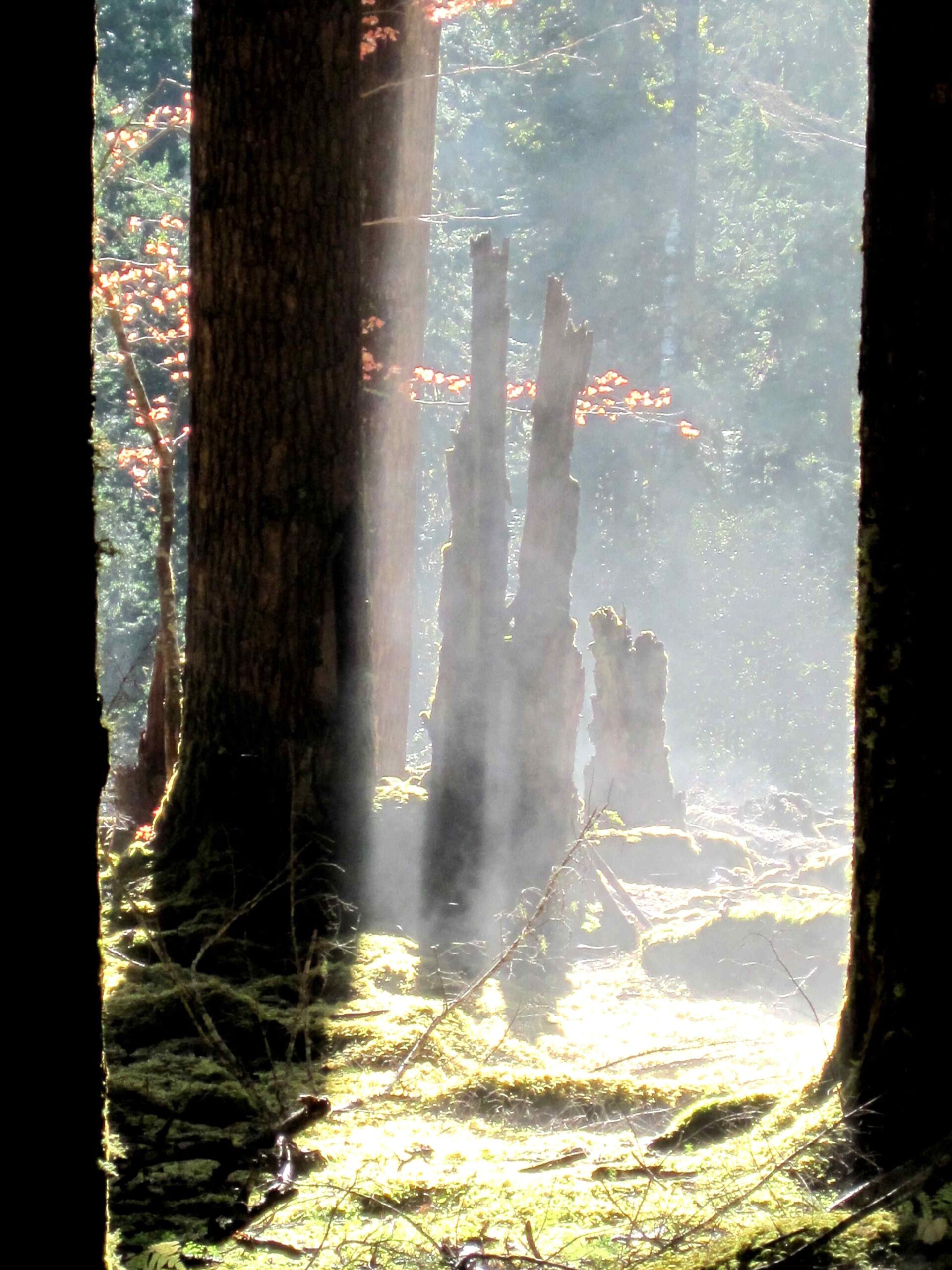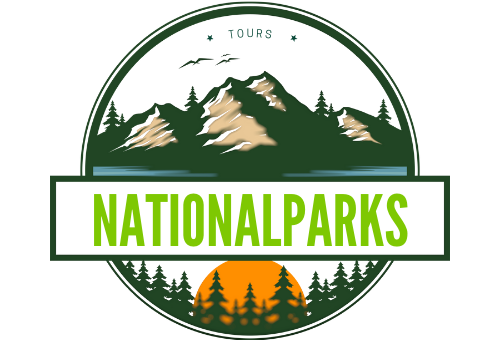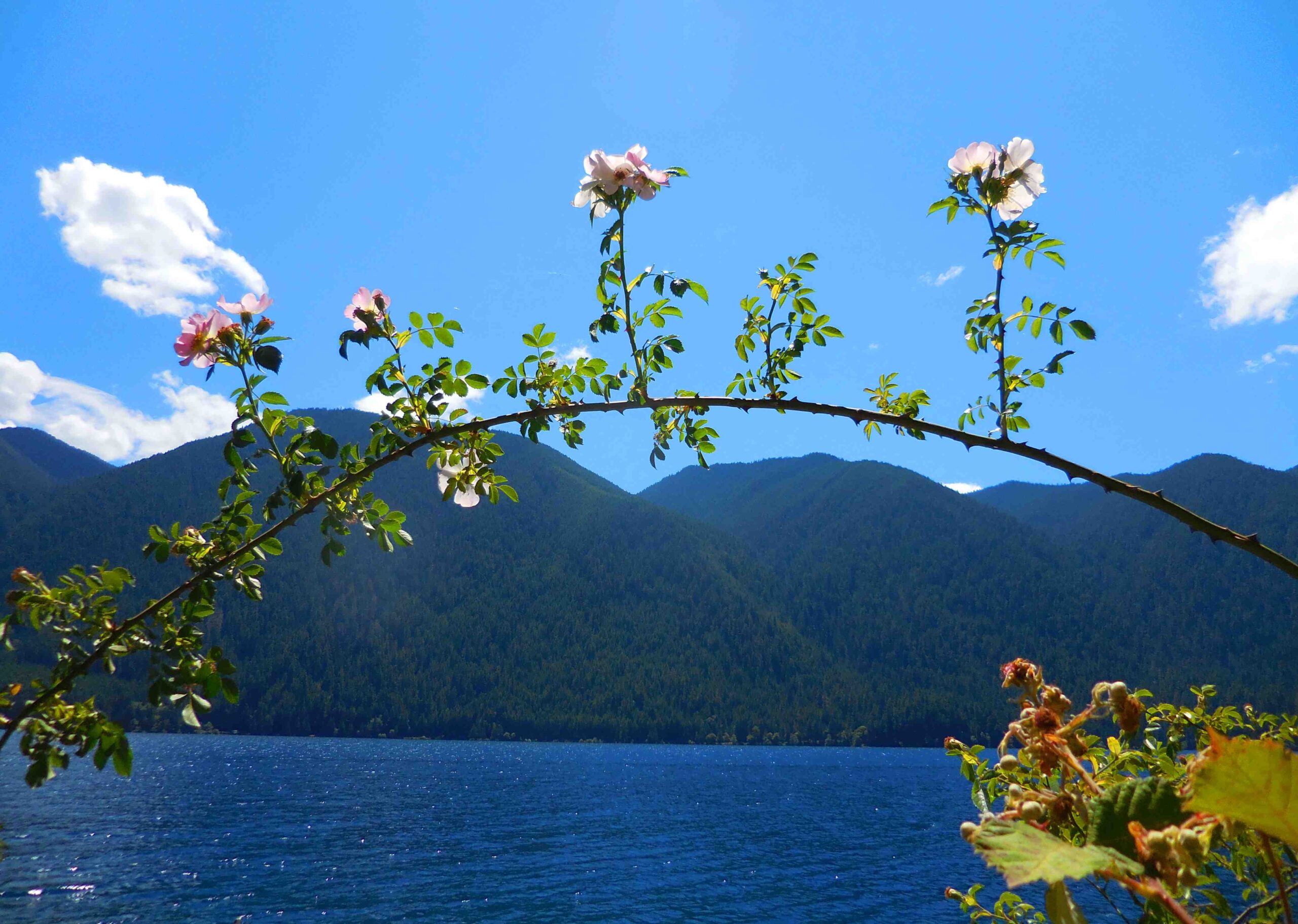Olympic National Park offers diverse backcountry fishing opportunities, from pristine rivers to alpine lakes. Anglers can target various species including salmon, steelhead, and trout in remote wilderness settings. This guide covers top fishing spots, techniques, regulations, and essential information for planning a successful backcountry fishing adventure in Olympic National Park.
Where Are the Best Spots for Backcountry Fishing in Olympic National Park?

Olympic National Park boasts numerous backcountry fishing locations, each offering unique experiences and challenges. Here are some top spots:
- Quinault River and Tributaries
- Species: Steelhead, salmon, trout
-
Access: Quinault Rain Forest trailheads
-
Hoh River and Tributaries
- Species: Steelhead, salmon
-
Access: Hoh Rain Forest trailheads
-
Elwha River and Tributaries
- Species: Salmon, steelhead
-
Access: Elwha River trailheads
-
Seven Lakes Basin
- Species: Rainbow and cutthroat trout
-
Access: Sol Duc trailhead
-
Royal Basin
- Species: Brook trout
- Access: Upper Dungeness trailhead
What Fishing Techniques Work Best in Olympic National Park’s Backcountry?

Successful backcountry fishing in Olympic National Park requires adapting techniques to the specific environment and target species. Here are some effective methods:
Fly Fishing
- Ideal for trout in streams and rivers
- Use dry flies, nymphs, and streamers
- Match the hatch with local insect patterns
Spin Casting
- Effective for salmon and steelhead in larger rivers
- Use spinners, spoons, and jigs
- Cast upstream and retrieve with the current
Bait Fishing
- Versatile method for various species
- Use salmon eggs, nightcrawlers, or artificial baits
- Drift bait along the bottom in deeper pools
Tenkara
- Simple, lightweight method for backcountry trout fishing
- Use long rod with fixed line and fly
- Perfect for small streams and tight quarters
What Are the Current Fishing Regulations for Olympic National Park?
Understanding and following fishing regulations is crucial for responsible angling in Olympic National Park. Here’s an overview of key rules:
- Licensing Requirements
- Valid Washington state fishing license required
-
National Park Service fishing permit may be necessary
-
Catch Limits
- Vary by species and location
-
Check current regulations with park authorities
-
Gear Restrictions
- Barbless hooks required in most areas
-
Some waters restricted to artificial lures only
-
Seasonal Closures
- Certain areas may be closed during spawning seasons
-
Check park website for up-to-date information
-
Protected Species
- Some fish species may be catch-and-release only
- Be able to identify protected species
How to Plan a Backcountry Fishing Trip in Olympic National Park?
Planning a successful backcountry fishing trip requires careful preparation. Follow these steps:
- Research fishing locations and target species
- Obtain necessary licenses and permits
- Check current fishing regulations and closures
- Plan your route and camping locations
- Prepare appropriate gear and tackle
- Pack essential wilderness and safety equipment
- Inform someone of your trip plans
- Practice Leave No Trace principles
What Gear is Essential for Backcountry Fishing in Olympic National Park?
Packing the right gear is crucial for a successful and safe backcountry fishing trip. Here’s a checklist of essential items:
| Category | Items |
|---|---|
| Fishing Gear | Rod, reel, line, flies/lures, waders, net |
| Camping Equipment | Tent, sleeping bag, stove, water filter |
| Navigation | Map, compass, GPS device |
| Safety | First aid kit, emergency shelter, bear spray |
| Clothing | Layered clothing, rain gear, sun protection |
| Food and Water | High-energy snacks, water bottles |
| Miscellaneous | Headlamp, multi-tool, fishing license |
How to Practice Responsible Fishing in Olympic National Park’s Backcountry?
Responsible fishing is essential for preserving Olympic National Park’s delicate ecosystems. Follow these guidelines:
- Use barbless hooks to minimize fish injury
- Practice proper catch-and-release techniques
- Pack out all trash and fishing line
- Avoid disturbing spawning areas and redds
- Respect wildlife and maintain safe distances
- Follow all park regulations and closures
- Report any illegal fishing activities to park rangers
What Are the Best Seasons for Backcountry Fishing in Olympic National Park?
Fishing opportunities in Olympic National Park vary throughout the year. Here’s a seasonal breakdown:
- Spring (March-May): Good for steelhead and early-season trout
- Summer (June-August): Prime time for high-country lake fishing and river trout
- Fall (September-November): Excellent for salmon runs and fall-run steelhead
- Winter (December-February): Limited opportunities, but possible for winter steelhead
How to Stay Safe While Backcountry Fishing in Olympic National Park?
Safety should be a top priority when backcountry fishing in Olympic National Park. Follow these tips:
- Always fish with a partner
- Carry a detailed map and compass
- Be prepared for sudden weather changes
- Know how to identify and avoid dangerous wildlife
- Carry bear spray in bear country
- Be cautious when wading in swift rivers
- Purify all drinking water
- Leave a detailed trip plan with someone
What Are Some Unique Challenges of Backcountry Fishing in Olympic National Park?
Backcountry fishing in Olympic National Park presents several unique challenges:
- Remote locations with difficult access
- Rapidly changing weather conditions
- Navigating dense forests and rugged terrain
- Encounters with wildlife, including bears
- Limited cell phone coverage
- Crossing swift rivers and streams
- Adapting to various fishing environments
- Properly storing food to avoid attracting wildlife
By understanding and preparing for these challenges, anglers can have a safe and rewarding backcountry fishing experience in Olympic National Park.
References:
1. National Park Service – Wilderness Trip Planner
2. National Park Service – Olympic National Park
3. Olympic Peninsula Waterfall Map and Natural Wonders

